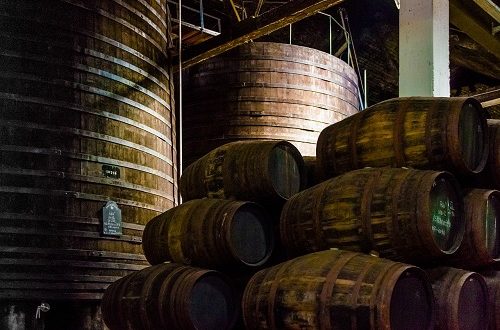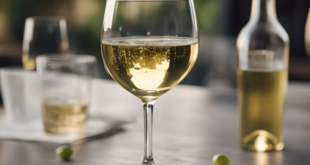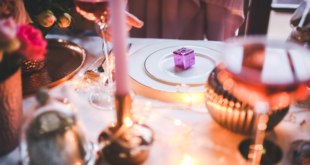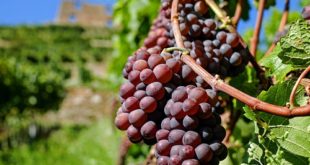Sadly, sales of Port continue to decline, it’s time the pleasure of drinking it was re-discovered. The British have a long affinity with the drink, when through war, French wines were not available, Portugal came to the rescue. British companies “shippers” were important to developing the industry, their names are still familiar today; Taylors, Graham, Cockburns and others.
What is Port
Under protection of the EU’s PDO scheme, to be called Port or Porto, it must be produced northern Portugal’s Douro Valley. Outside of Europe, the term Port may apply to similar products from other wine growing countries. Most ports are blends of several grape varieties, although many varieties are permitted, Tinta Roriz, Tinta Barroca, Tinto Cão, Touriga Francesa, and Touriga Nacional are the widest used.
The name originates from the Porto, Portugal’s second largest city on the estuary of the River Douro.
The natural sweetness arises from the fortification process. Fermentation is stopped by the addition of a grape spirit, leaving unfermented grape sugars. Aguardente, the formal name for grape spirit, sometimes incorrectly referred to as Brandy, is distilled to a strength of up to 80%. Port is aged in oak barrels initially and then in bottles. Vintage ports wont reach their peak drinkability for at least ten years.
Sweet Red Ports are the most common, but dry and white versions are worth seeking out.
Varieties
Vintage
The most celebrated and expensive. Vintages are only declared on the best years. Taste improves over time, although often drunk at about 15 years, some are kept for much longer. Bottles over 100 years are still drinkable and apparently enjoyable. Prices vary widely by year and producer. The Vintage Port shop for instance, has a 1935 Graham Port at £2000 whereas a Cockburn of the same year is a mere £895 a bottle. Crusted Ports are a blend of several vintages.
LBV or Late Bottled Vintage
It’s said, LBV came about by accident, if true it was a fortunate one. The port was left in barrels for 4-6 years, longer than the usual 1-2. The result is a drink with characteristics resembling Vintage but ready to drink much sooner and somewhat cheaper. Most LBV is filtered before bottling so is ready to drink. Unfiltered LBV is the most characteristic of Vintage, it improves with age in the bottle and will as with Vintage require decanting. LBV whilst carrying a price premium are worth it.
Ruby
These are the volume products, mass production techniques are used. They are filtered prior to bottling so are ready to drink and do not improve with age. Better Ruby’s selected by a panel, are sold as Reserve.
Tawny
These are also aged in barrels, being exposed to air, more oxidation occurs than with Ruby so the colour is darker. They are made from several varieties and vintages, they are worth the small premium.
White
It uses different grapes, sweet and white types are on offer. Flavour are more complex than many white wines. It’s enjoyable as it is chilled or with tonic.
Trivia
Port has a long history of being served after dinner, preferably with cheese. Tradition states that it should always be passed to your left, passing the Port to port (left in naval terminology) and never touching the table.
 Vino-Club For Wine Lovers
Vino-Club For Wine Lovers







